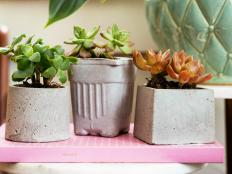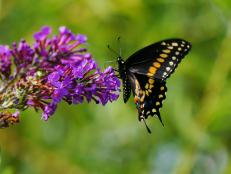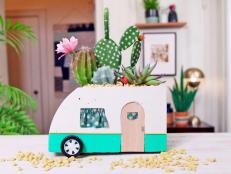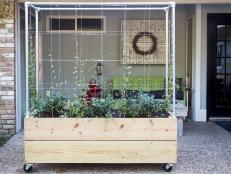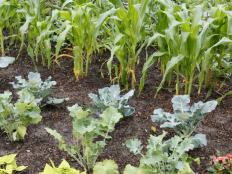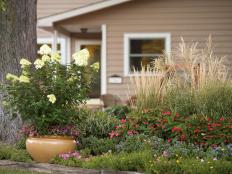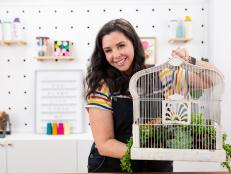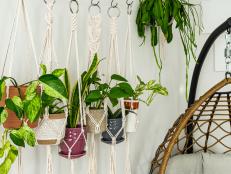Create a Closed-Lid Terrarium

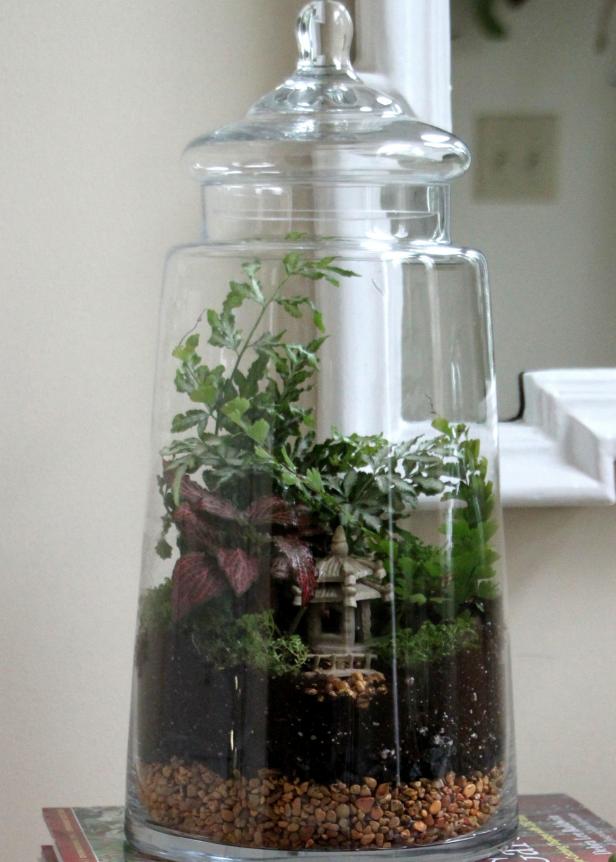
Image courtesy of Melissa Caughey
Terrariums are a great way to bring plants indoors. Sometimes, houseplants have a difficult time inside as the colder months approach because the heat that warms our homes tends to dry out the air. The indoor humidity often becomes too low for many houseplants. They dry out quickly and if not closely tended to, can perish. Creating a terrarium allows you to not only control the humidity but also create a small, charmingly self-contained environment.
The possibilities are endless when creating your very own terrarium. Try picking up a glass apothecary jar at one of the large home décor chain stores. Some plants that do well in the high-humidity environment of terrariums include ferns, African violets, Venus flytraps, starfish plants, air plants, baby's tears, fittonia, golden clubmoss, and strawberry begonia. The only plants that will not do well in a terrarium with a lid are succulents. They will rot from too much moisture.
I chose to decorate this terrarium with a small clay Japanese pagoda covered in lanterns and a tiny clay bridge.
The decorative accent possibilities are endless. Other ideas include a mini fairy garden, or even adding some tiny figurines from the local hobby/train store. Here is how I created this Zen terrarium.
Supplies:
- 1 large glass apothecary jar with lid
- Newspaper
- Miniature decorative items
- Good quality potting soil-I recommend using one for African violets
- Activated charcoal
- Aquarium gravel
- Assorted plants for the terrarium -- I used a fittonia, a maidenhair fern, a selaginella and a pteris.
- Small dry paint brush
Assembly:
- Spread out some newspaper in your work area.
- Wash and dry out the apothecary jar and lid.
- Add 1-2 inches of aquarium gravel to the bottom of the apothecary jar to help with drainage.
- Next, add a thin 1-inch layer of charcoal. This helps to keep the soil fresh.
- On top of the charcoal, add your potting soil to a few inches deep to accommodate your plants’ root balls. With a landscape in mind, plant your plants into the soil. I created a dry river bed with extra aquarium gravel and placed the little bridge over the stones. You can add some larger river stones as well to look like large boulders.
- With the dry paint brush, clean off any dirt or debris from the inside glass and then off of the plant leaves.
- Water the terrarium with just a few tablespoons of water. Replace the cover and enjoy. If you find that the terrarium becomes too steamed up with condensation on the glass, simply remove the lid and allow the extra moisture to evaporate. The watering needs of the terrarium will be low, so be sure not to over water your new little garden. A place with filtered light is best. Keep out of direct sunlight.







